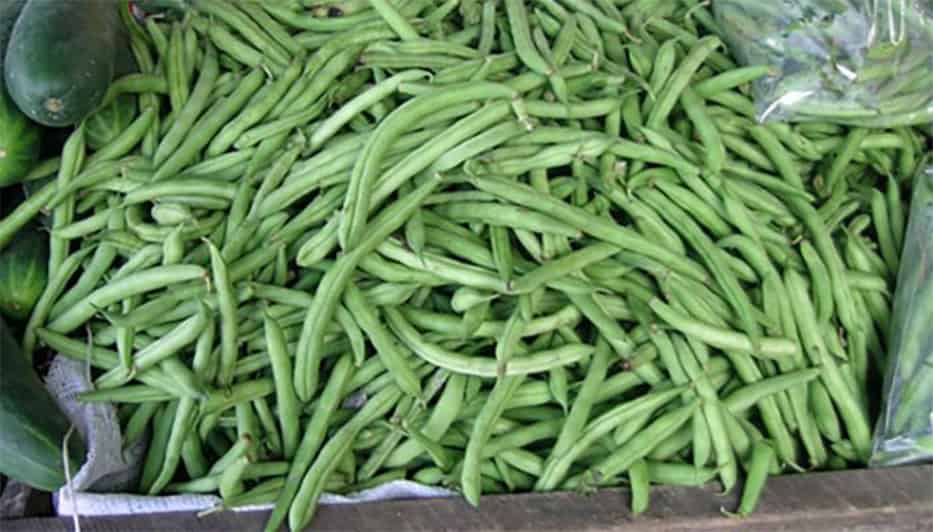are among the most valuable food resources one can harvest from the home garden. They are packed with nutrition and can be grown vertically in the garden to save space. Poles, fences or trellises serve well for these climbing beans.
Yard-long pole beans are among the more curious varieties that can be grown at home, and they are well adapted to our hot, tropical climate. Though the exact origin of these beans is unclear, they are widely grown through most of Asia. The tender, young green beans are highly esteemed for stir-fries, soups and stews. The variety I am growing right now was brought from the Philippines.
Resistant to bugs and plant diseases, yard-long pole beans thrive in hot climates and can provide a steady source of legumes year-round.
Under optimal conditions, these beans can grow up to a yard (90 centimeters) long, but most often they reach about 60 centimeters.
They grow well in all regions of the country, particularly hot coastal areas, where it’s often difficult to grow green beans successfully.
When growing yard-longs in the home garden, it’s important to start from the ground up. Rich, fertile soil is an important factor in growing most garden vegetables, and green beans are no exception. You can amend your garden soil with compost made from organic matter collected from the kitchen and yard.
Grass clippings from the lawn are a great source of nutrients for plants, as are leaves and weeds that are usually thrown away.
Small compost piles can be made around the garden with layers of organic waste. Turn the piles every two weeks and keep them covered with plastic to prevent them from becoming waterlogged in our tropical rains.
The compost should be ready to use in two months. If you don’t have compost on hand, you’ll find that leading nurseries around the country now sell commercial compost.
Use one or two shovelfuls of compost for each planting hole for your pole beans.
Space them 50 centimeters apart in a sunny area of the garden. Plant one to two seeds in each site about two to four centimeters deep in the compost soil.
Pole beans do well on the inside border of the garden fence, where they can climb up and cover this convenient support. If you don’t have a fence, place a pole about 1.5 to 1.8 meters tall beside each bean plant. Be sure it’s buried deep enough so that it won’t fall over with the weight of your bean harvest.
The first few weeks, when the beans germinate and begin to grow, are the most critical for their survival. Chewing bugs can attack the tender leaves and stunt the future growth of the plants. Not to worry, for there is a simple solution: plant protector spray.
This safe, nontoxic spray can be made at home with the following recipe. Mix one 120-millileter bottle of 3 percent hydrogen peroxide with a cup of sugar or, better yet, molasses, and 33 liters of water. Stir the mixture well and spray it on your bean plants every four or five days. Three or four treatments are usually sufficient to keep your plants healthy during this critical growth period. You’ll also find the plant protector spray good for all your garden vegetables.
If your pole beans get a good start, you can begin to harvest tender, young green beans in about a month. Be sure to save some mature bean pods for seeds to continue planting future crops.






